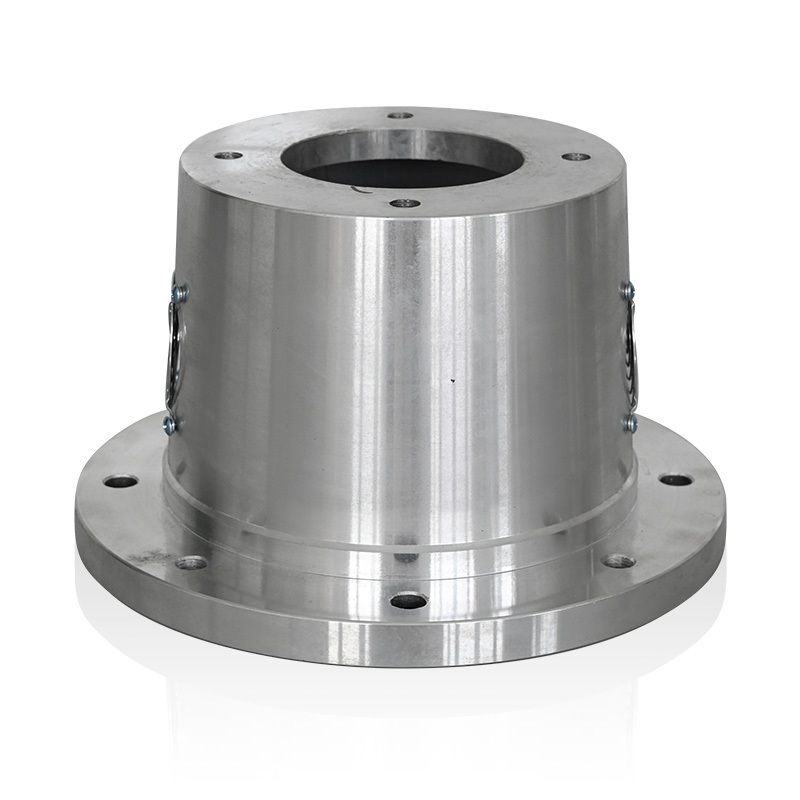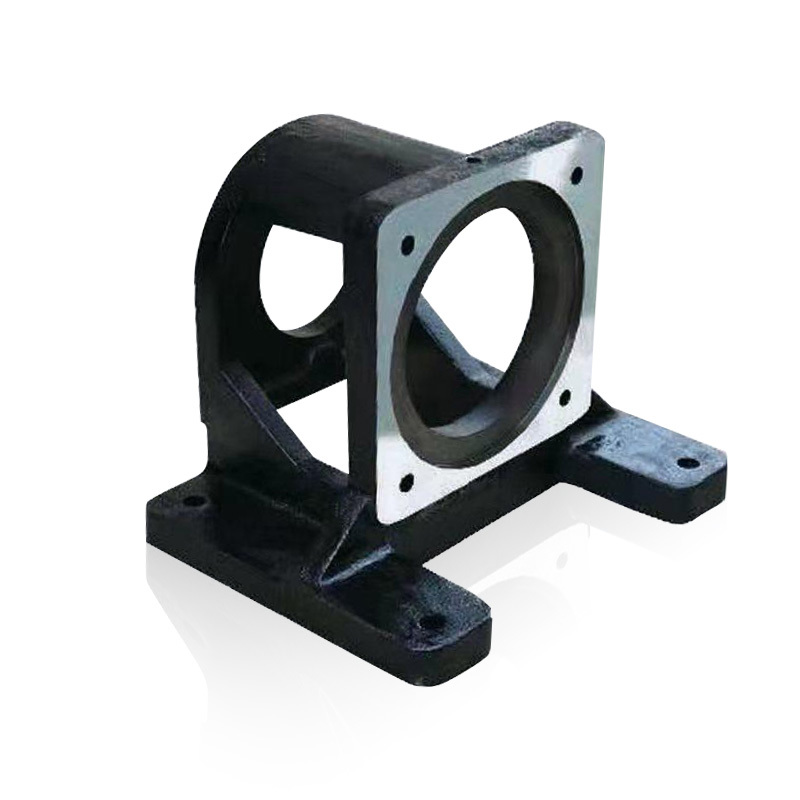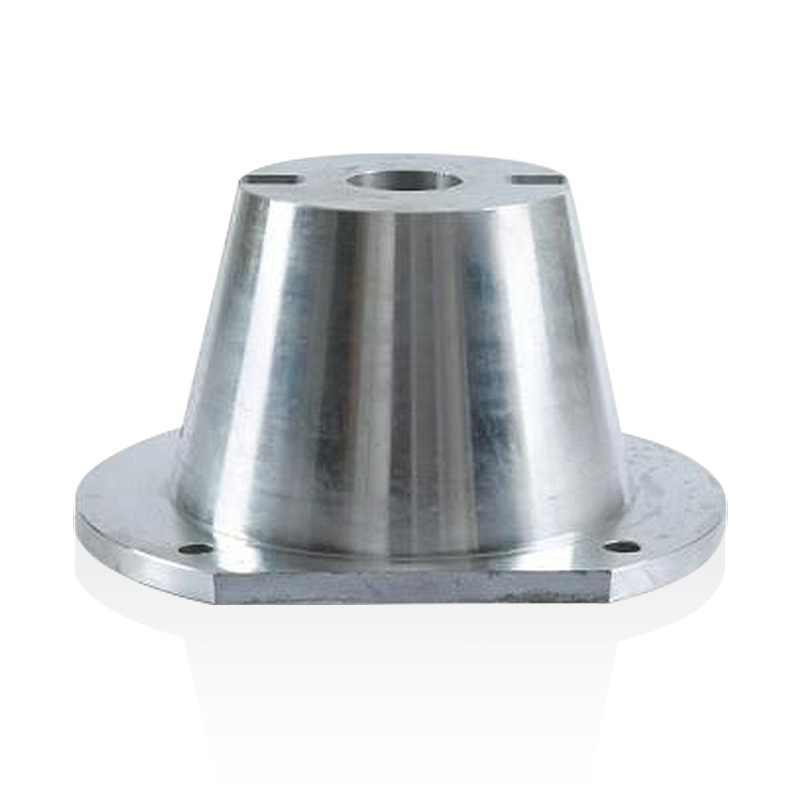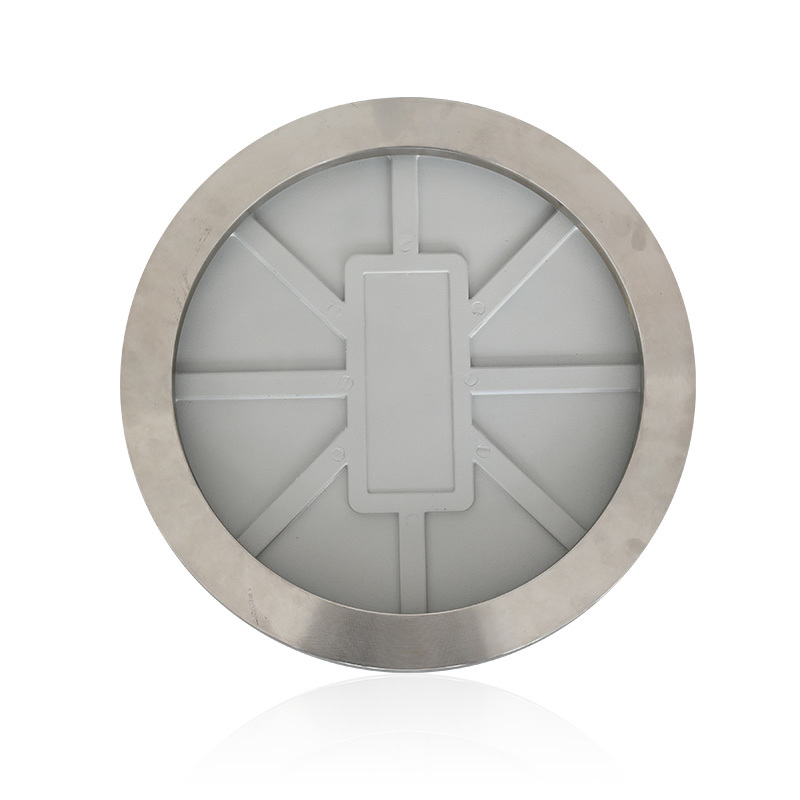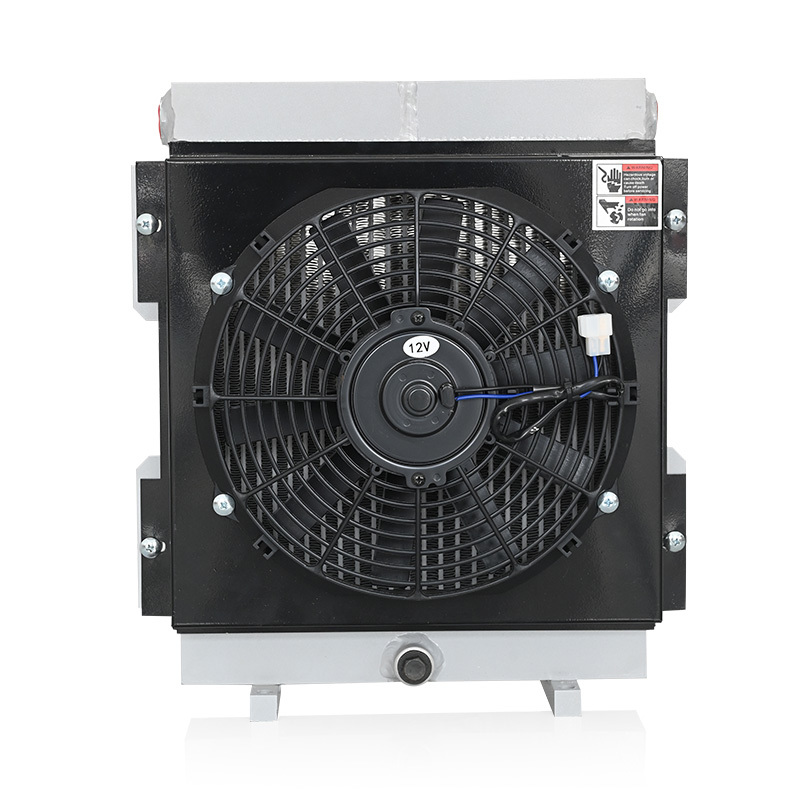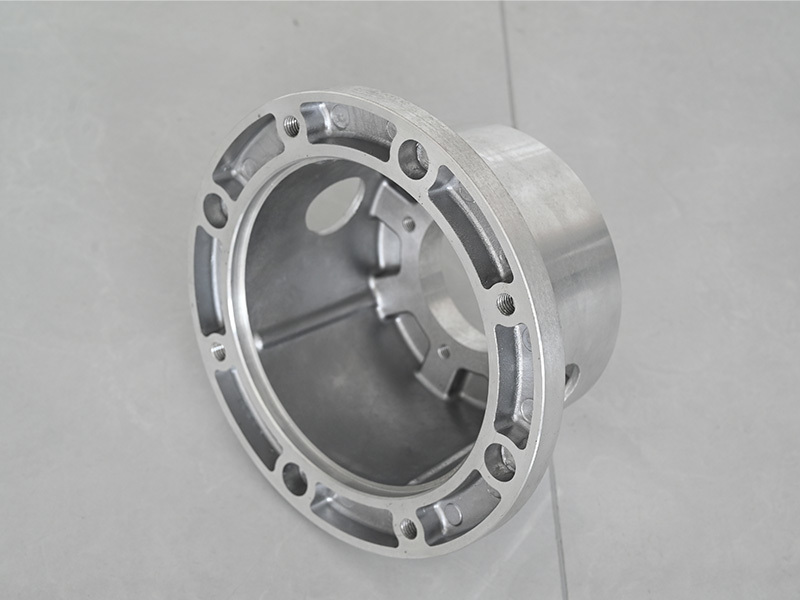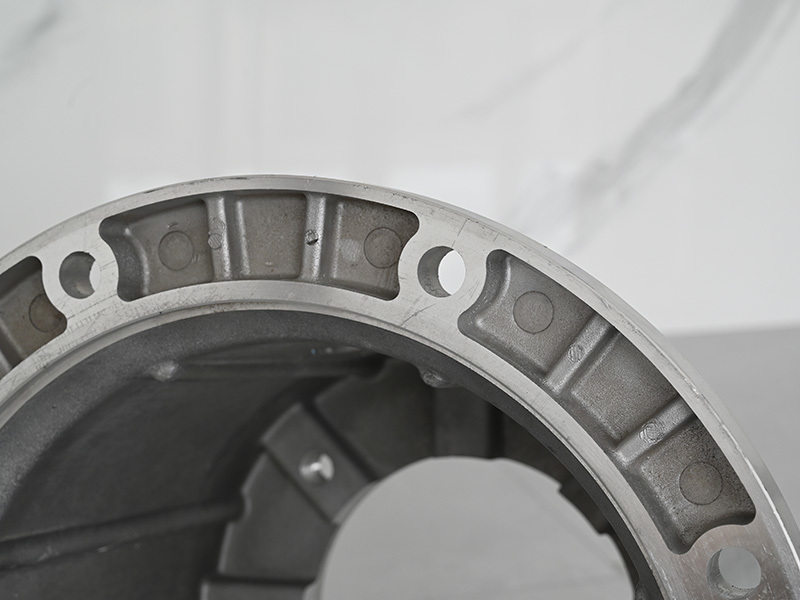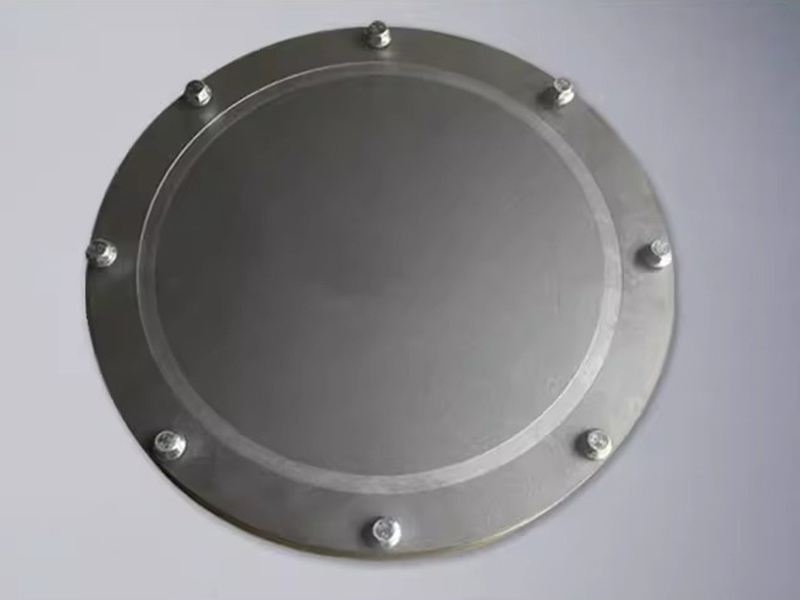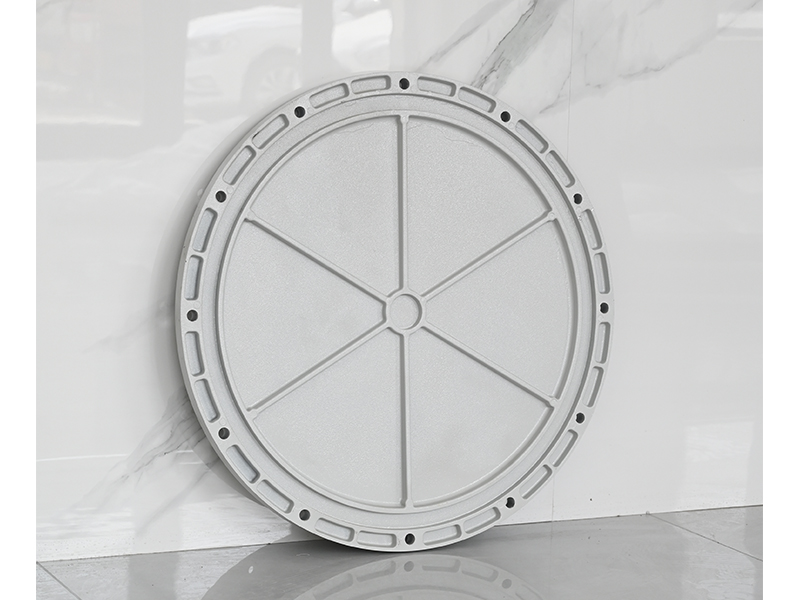How to Maintain Your Hydraulic Oil Tank Cover for Optimal Performance
Release Time:
Jul 14,2025
How to Maintain Your Hydraulic Oil Tank Cover for Optimal Performance Introduction to Hydraulic Oil Tank Maintenance Hydraulic systems play a critical role in various industries, providing the power necessary for heavy machinery and equipment. At the heart of these systems is the hydraulic oil tank, which stores the hydraulic fluid that powers the system. The **hydraulic oil tank cover** serves as
How to Maintain Your Hydraulic Oil Tank Cover for Optimal Performance
Introduction to Hydraulic Oil Tank Maintenance
Hydraulic systems play a critical role in various industries, providing the power necessary for heavy machinery and equipment. At the heart of these systems is the hydraulic oil tank, which stores the hydraulic fluid that powers the system. The **hydraulic oil tank cover** serves as a vital component, protecting the fluid from contaminants while ensuring optimal performance. In this article, we will explore how to maintain your hydraulic oil tank cover effectively, ensuring your hydraulic system operates smoothly and efficiently.
Understanding the Importance of Hydraulic Oil Tank Covers
The hydraulic oil tank cover is not merely a protective barrier; it plays a significant role in maintaining the integrity of the hydraulic fluid. Here are several reasons why proper maintenance of this component is essential:
1. Protection Against Contaminants
Contaminants such as dirt, dust, and moisture can compromise the quality of hydraulic oil. The tank cover acts as a shield against these pollutants, preventing them from entering the tank and causing damage to the hydraulic components.
2. Prevention of Leaks
A well-maintained cover prevents leaks and spills. Hydraulic fluid leaks can lead to inefficiencies, environmental hazards, and costly repairs. Regular inspection and maintenance ensure that the cover fits securely and remains intact.
3. Extended Lifespan of Hydraulic Components
When the hydraulic oil is kept free from contaminants and leaks, it leads to less wear and tear on hydraulic components. This, in turn, extends the lifespan of the entire hydraulic system, resulting in significant cost savings over time.
Key Steps for Maintaining Your Hydraulic Oil Tank Cover
Now that we've established the importance of the hydraulic oil tank cover, let’s delve into the key steps for maintaining it effectively.
1. Regular Inspection
Routine inspections are crucial for identifying potential issues before they become serious problems. Here’s what to look for during an inspection:
A. Check for Damage
Examine the cover for any visible signs of damage, such as cracks, dents, or deformation. Even minor damage can compromise the seal and lead to leaks.
B. Inspect Seals and Gaskets
The seals and gaskets are essential for ensuring that the cover fits snugly against the tank. Look for signs of wear, such as cracks or brittleness, and replace them if necessary.
2. Cleaning the Tank Cover
Keeping your hydraulic oil tank cover clean is vital for its performance. Here’s how to do it effectively:
A. Use Appropriate Cleaning Agents
Avoid harsh chemicals that may degrade the materials. Instead, use a mild detergent mixed with water to clean the cover. Ensure that all surfaces, including the seams and joints, are thoroughly cleaned.
B. Rinse and Dry
After cleaning, rinse the cover with clean water to remove any detergent residue. Allow it to dry completely before reattaching it to the tank.
3. Monitor Fluid Levels
Keeping an eye on the hydraulic fluid levels is another crucial aspect of maintenance. Low fluid levels can cause the cover to be exposed to air, leading to oxidation and contamination.
A. Top Off When Necessary
If you notice that the fluid levels are low, make sure to top them off with the manufacturer-recommended hydraulic oil. Always check for leaks when replenishing the fluid.
4. Replace Worn Components
Over time, components of the hydraulic oil tank cover may wear out. Here’s how to handle replacements:
A. Identify Worn Parts
During inspections, take note of any parts that may need replacement, such as seals, gaskets, or fasteners. Addressing these issues promptly can save time and expenses down the line.
B. Use OEM Parts
Always choose **Original Equipment Manufacturer (OEM)** parts for replacements. OEM parts are specifically designed for your hydraulic system, ensuring compatibility and reliability.
5. Maintain Proper Torque Specifications
The torque applied to the bolts and fasteners that secure the tank cover is crucial. Over-tightening can lead to damage, while under-tightening can create gaps for contaminants.
A. Use a Torque Wrench
When reattaching the cover, use a torque wrench to apply the manufacturer-recommended torque settings. This ensures a secure fit without compromising the integrity of the cover.
Best Practices for Hydraulic Oil Tank Cover Maintenance
In addition to the steps outlined above, incorporating some best practices can further enhance the performance of your hydraulic oil tank cover.
1. Create a Maintenance Schedule
Establishing a regular maintenance schedule can help ensure that no aspect of the cover’s upkeep is overlooked. Include inspections, cleaning, and component replacements in your routine.
2. Keep a Maintenance Log
Documenting maintenance activities can provide valuable insights into the performance of your hydraulic oil tank cover. Keep track of inspections, cleaning dates, and any parts replaced.
3. Train Personnel
Ensure that anyone responsible for maintaining the hydraulic system is trained and knowledgeable about best practices. Providing adequate training helps prevent mistakes that could lead to costly repairs.
4. Use Quality Hydraulic Fluids
The type of hydraulic fluid used can impact the performance and longevity of your hydraulic oil tank cover. Always use high-quality fluids that meet the specifications outlined by the manufacturer.
FAQs: Common Questions About Hydraulic Oil Tank Cover Maintenance
1. How often should I inspect my hydraulic oil tank cover?
We recommend conducting visual inspections at least once a month, or more frequently if your equipment operates in harsh conditions.
2. What should I do if I find a leak in my hydraulic oil tank cover?
If you discover a leak, immediately assess the extent of the damage. Tighten any loose bolts, and if the leak persists, consider replacing seals or consult a professional.
3. Can I use any cleaning agent to clean my hydraulic oil tank cover?
It’s best to avoid harsh chemicals. Opt for mild detergents and ensure all residues are rinsed away to avoid damaging the cover.
4. How do I know when to replace seals and gaskets?
If you notice cracks, brittleness, or signs of wear during inspections, it’s time to replace the seals and gaskets to maintain a secure fit.
5. Is it necessary to use OEM parts for replacements?
While it’s possible to use aftermarket parts, we strongly recommend OEM parts for reliability and compatibility with your hydraulic system.
Conclusion
Maintaining your hydraulic oil tank cover is crucial for the optimal performance of your hydraulic systems. By following the outlined steps and best practices, you can ensure a longer lifespan for your equipment, prevent costly repairs, and enhance overall efficiency. Regular inspections, proper cleaning, and timely replacements will not only keep your hydraulic oil tank cover in excellent condition but also contribute to the reliability and performance of your hydraulic systems. Prioritizing maintenance can lead to significant long-term savings and improved operational effectiveness in your industry.
Keywords:
You Can Also Learn More About Industry Trends


